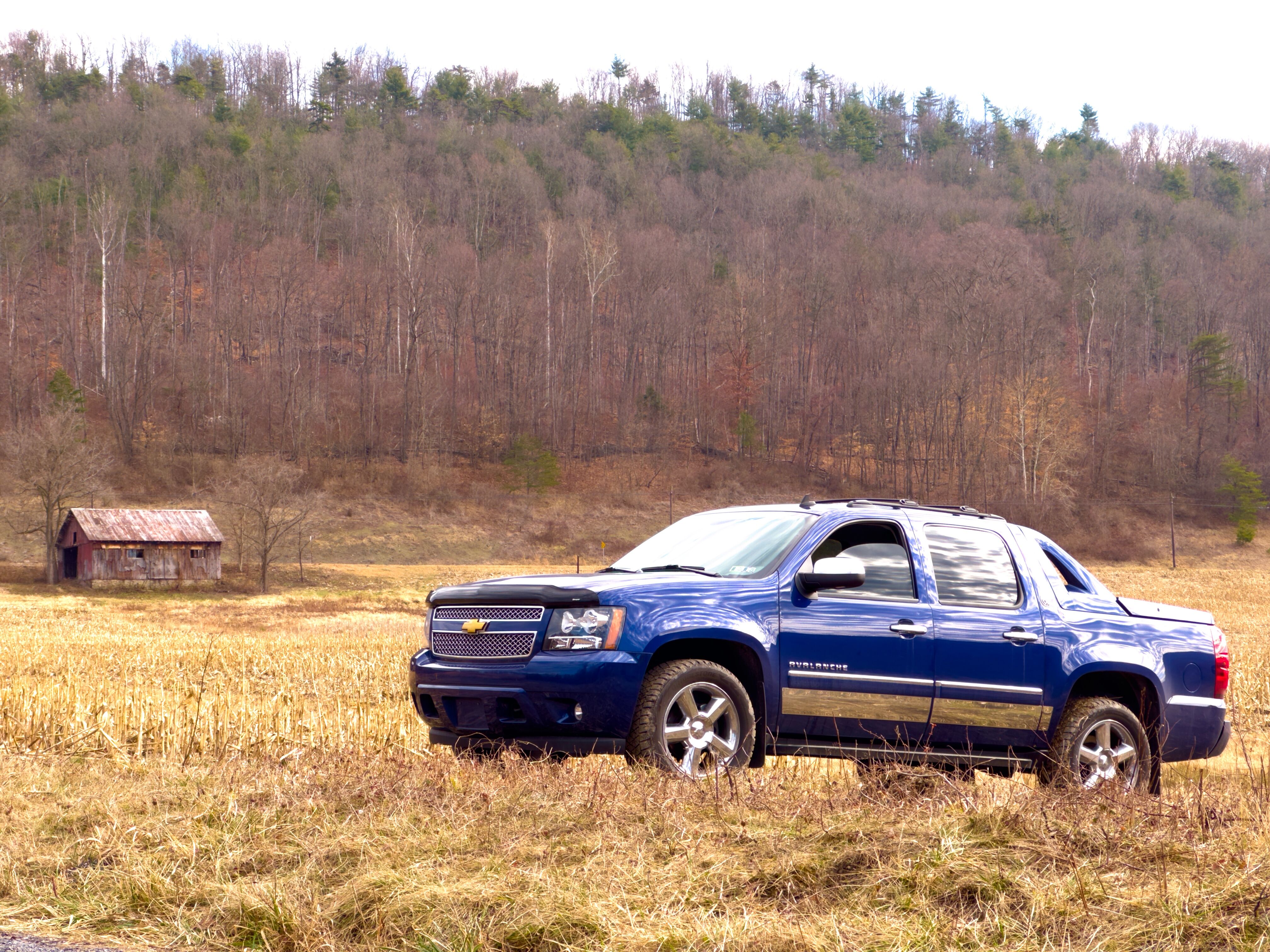-
Posts
55,974 -
Joined
-
Last visited
-
Days Won
543
Content Type
Forums
Articles
Garage
Gallery
Events
Store
Collections
Everything posted by Drew Dowdell
-

Mercedez Benz News Mercedes-AMG to Launch 53 Line Next Year
Drew Dowdell replied to William Maley's topic in Mercedes-Benz
Yes- 70 replies
-

Mercedez Benz News Mercedes-AMG to Launch 53 Line Next Year
Drew Dowdell replied to William Maley's topic in Mercedes-Benz
My Little Orphan Annie Ovaltine Secret decoder ring hasn't arrived yet... How am I supposed to decode German model names and trim lines?!?- 70 replies
-
- 1
-

-
Not as wide, not as tall. Interior room feels much smaller
- 15 replies
-
- 1
-

-
- infiniti
- land rover
-
(and 3 more)
Tagged with:
-
I think I was mostly shocked by the Eclipse Cross. It really could be Mitsubishi's Hail Mary pass.
- 10 replies
-
- 2017
- la auto show
-
(and 1 more)
Tagged with:
-
The Range Rover is also significantly smaller. The LX is nearly Escalade/Navigator sized. My point was that it doesn't make sense to have a significantly different configuration for a vehicle that only sells 600 a month.
- 15 replies
-
- 2
-

-

-
- infiniti
- land rover
-
(and 3 more)
Tagged with:
-
The 3rd-row delete on the LX doesn't make sense to me. They don't sell enough of them for it to matter much.
- 15 replies
-
- infiniti
- land rover
-
(and 3 more)
Tagged with:
-

Porsche News: Porsche CEO Says A 911 Plug-In is on the Way
Drew Dowdell replied to William Maley's topic in Porsche
The batteries could actually be an advantage. Can use them to change the weight distribution. -
Yeah, I really think that it was enough of a visual update that they should have done it. The Nautilus is not that different from the MKX on the touchy feely stuff that it deserved a new name and the MKC didn't.
- 15 replies
-
- 2
-

-

-
- infiniti
- land rover
-
(and 3 more)
Tagged with:
-
Hinges, sure. exposed screw heads on the interior, definitely no. On the exterior.. eh it depends where they are.
-

Cadillac Seville
Drew Dowdell posted a gallery image in Cadillac Appreciation Club's Cadillac Gallery
From the album: Seville Love
-

Seville Love
Images added to a gallery album owned by Drew Dowdell in Cadillac Appreciation Club's Cadillac Gallery
-

Cadillac Seville
Drew Dowdell posted a gallery image in Cadillac Appreciation Club's Cadillac Gallery
From the album: Seville Love
-

Cadillac Seville
Drew Dowdell posted a gallery image in Cadillac Appreciation Club's Cadillac Gallery
From the album: Seville Love
-

Cadillac Seville
Drew Dowdell posted a gallery image in Cadillac Appreciation Club's Cadillac Gallery
From the album: Seville Love
-

Cadillac Seville
Drew Dowdell posted a gallery image in Cadillac Appreciation Club's Cadillac Gallery
From the album: Seville Love
-

Cadillac Seville
Drew Dowdell posted a gallery image in Cadillac Appreciation Club's Cadillac Gallery
From the album: Seville Love
-

Cadillac Seville
Drew Dowdell posted a gallery image in Cadillac Appreciation Club's Cadillac Gallery
From the album: Seville Love
-

Cadillac Seville
Drew Dowdell posted a gallery image in Cadillac Appreciation Club's Cadillac Gallery
From the album: Seville Love
-

Cadillac Seville
Drew Dowdell posted a gallery image in Cadillac Appreciation Club's Cadillac Gallery
From the album: Seville Love
-

Cadillac Seville
Drew Dowdell posted a gallery image in Cadillac Appreciation Club's Cadillac Gallery
From the album: Seville Love
-

Cadillac Seville
Drew Dowdell posted a gallery image in Cadillac Appreciation Club's Cadillac Gallery
From the album: Seville Love
-

Cadillac Seville
Drew Dowdell posted a gallery image in Cadillac Appreciation Club's Cadillac Gallery
From the album: Seville Love
-

Cadillac Seville
Drew Dowdell posted a gallery image in Cadillac Appreciation Club's Cadillac Gallery
From the album: Seville Love
-

Cadillac Seville
Drew Dowdell posted a gallery image in Cadillac Appreciation Club's Cadillac Gallery
From the album: Seville Love
-

Cadillac Seville
Drew Dowdell posted a gallery image in Cadillac Appreciation Club's Cadillac Gallery
From the album: Seville Love

























